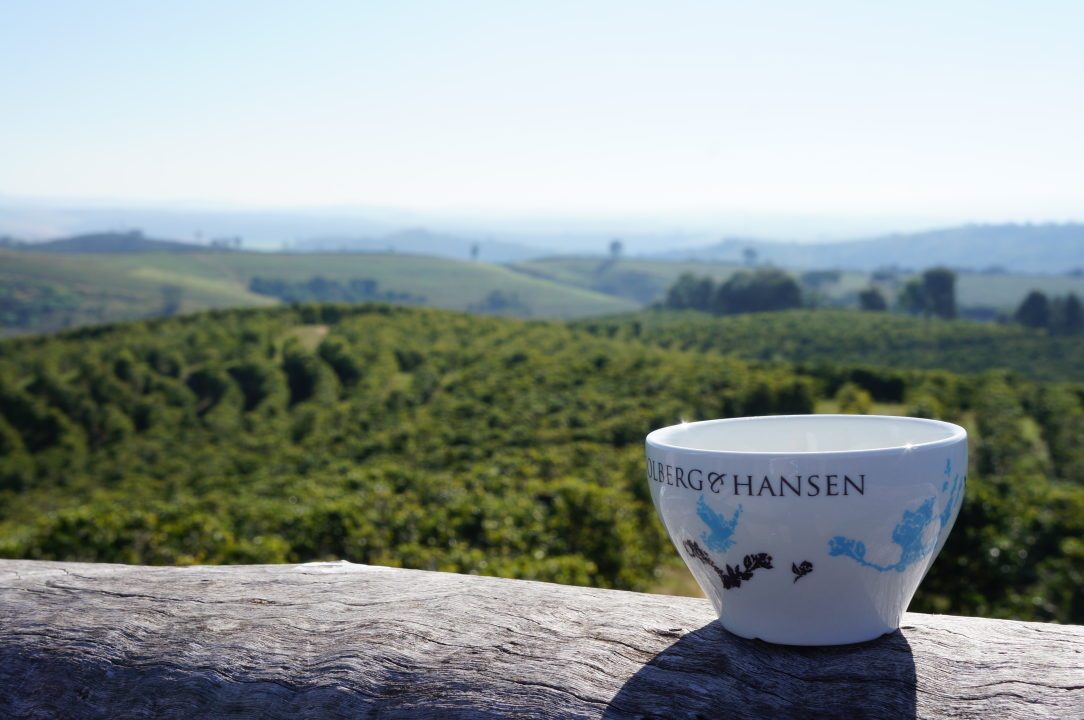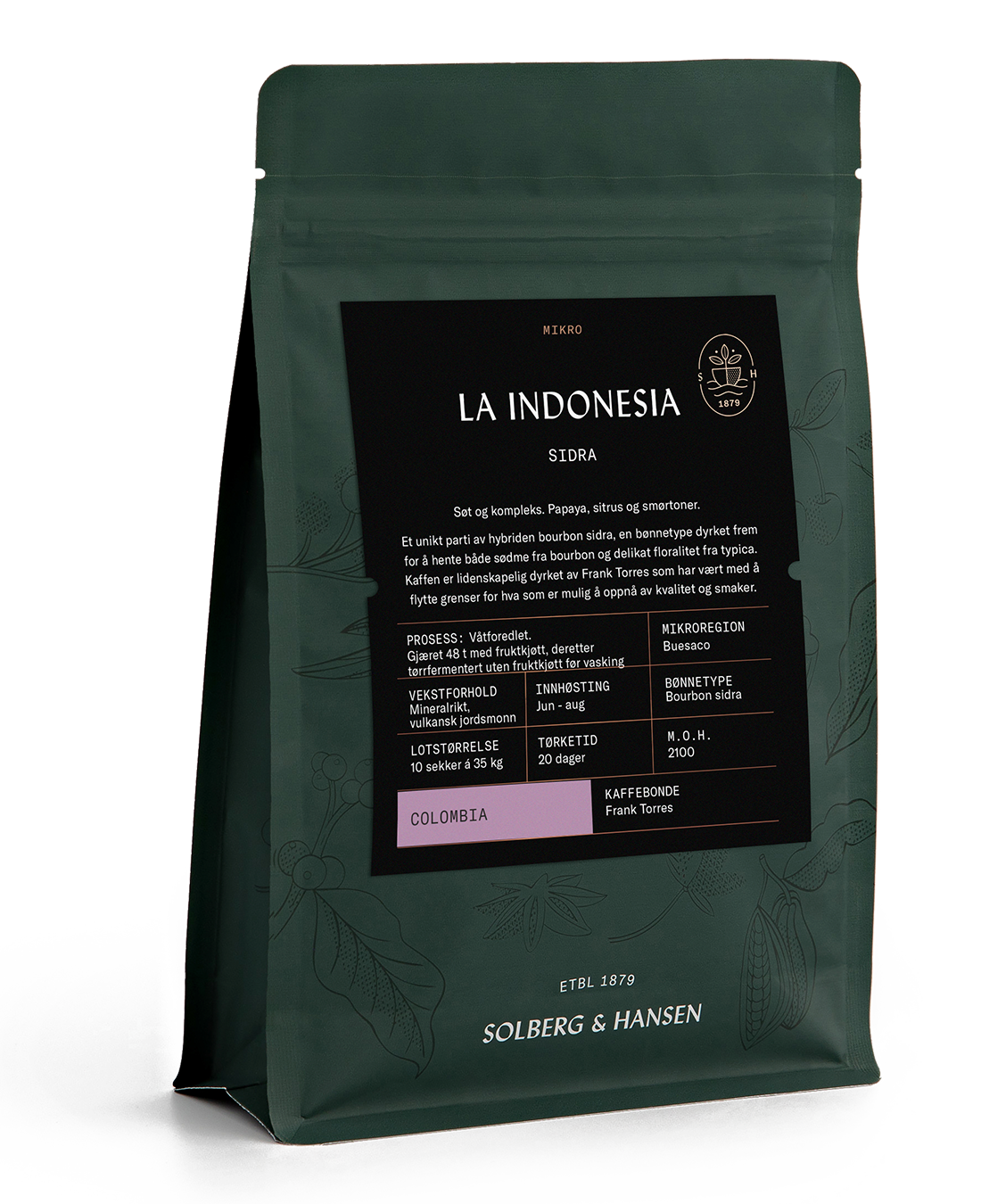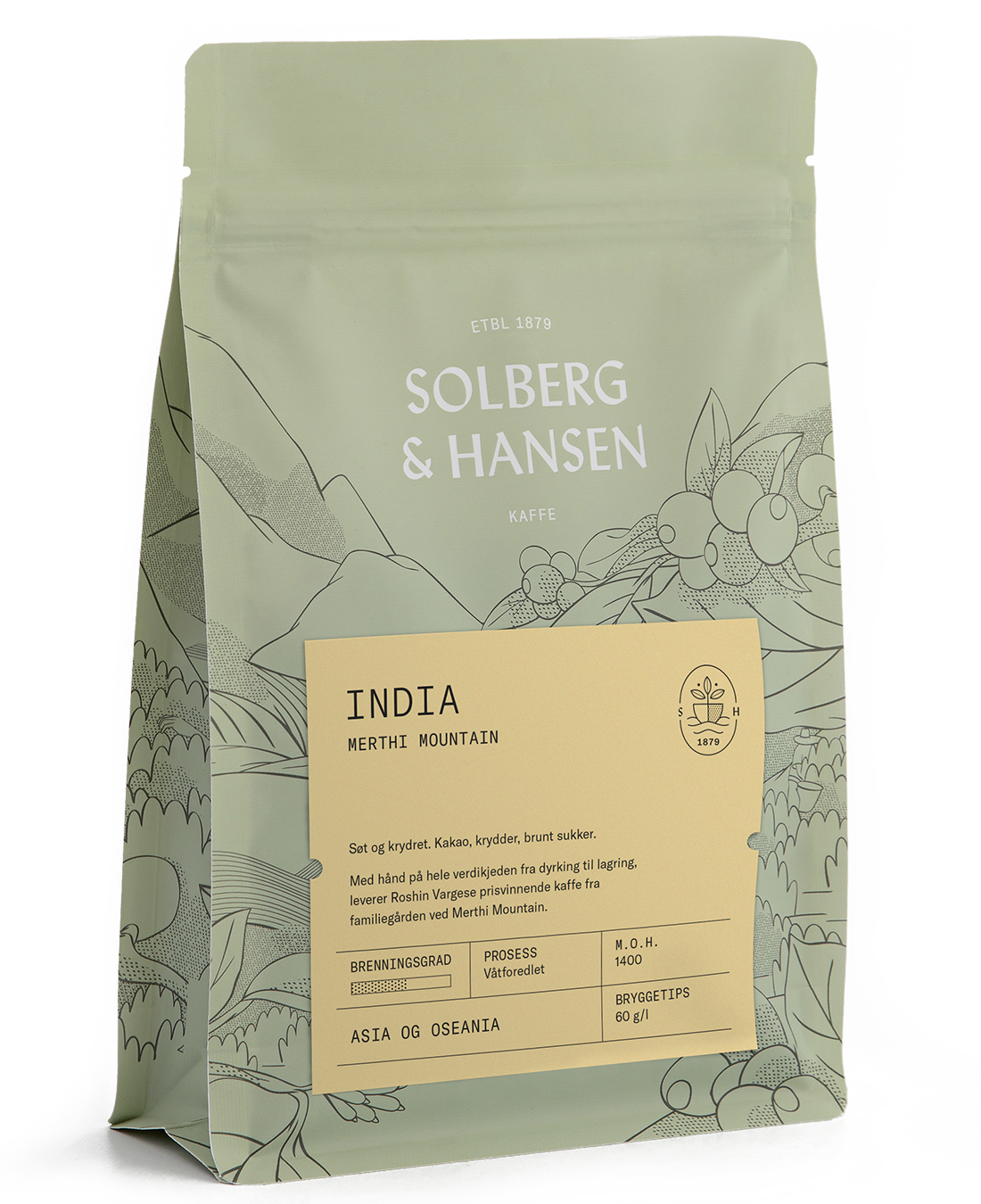Once you've acquired a coffee grinder, the door opens to a new world of coffee flavors. It's among the bags of whole coffee beans that you can get to know the nuances created by the meeting of the coffee's growing location, botanical species and processing method. In this article, we take a closer look at the variable "place of origin" to help you navigate your way to the coffee country or continent that suits your palate.
Does the growing location affect the taste?

Coffee grown on one particular farm can taste very different from its neighbor's crop. However, at a general level, it is possible to say something about which flavors are typical of coffee from certain countries and regions. This is naturally linked to similar growing conditions, climate and soil. Most important, however, is the cultivation culture in the area, which influences which species are grown and the production techniques used. This means that by buying whole coffee beans from specific regions (single origin) and farms (single estate), you can have some advance knowledge of what flavors you can expect from the coffee. In this guide, we have described the flavors commonly associated with coffee from the major coffee regions. That way, you can more easily navigate your way to the area that offers coffee beans that suit your palate.
The taste of coffee beans from Brazil
It is natural to place Brazil in a separate flavor category. The country is by far the largest coffee producing country and accounts for one third of the world's coffee production. At the same time, coffee from the country is known for its characteristic flavor profile. Brazilian coffee tends to have low bitterness and low acidity, but excels with a lot of delicious fruit sweetness. Nougat, nuts and chocolate are common flavor references and have ensured that the coffee has such broad appeal. The taste is partly a consequence of the most popular processing methods in the country: natural and pulped natural. Because the coffee is dried with the pulp intact (to a greater or lesser extent), more of the sweetness from the ripe coffee berry is transferred to the beans. If you like the taste of what you're reading, try coffee beans from Fazenda Camocim, for example; a classic and well-cared-for Brazilian coffee with good fruit sweetness and flavor references to cocoa, nuts and vanilla.
The taste of coffee beans from Africa
One could easily dedicate separate paragraphs for several coffee countries in Africa, but there are a number of common characteristics that make it possible to gather coffee from the continent under one umbrella. The most obvious common denominator is flavor references to berries and fresh fruit. Here, the coffee autotroph Kenya is an obvious example. The best representatives of Kenyan coffee offer a juicy mouthfeel with intense flavors of fresh berries, often blackcurrants, as recurring flavors. Coffee beans from the coffee's home country, Ethiopia, share some qualities with Kenya, but the flavor references differ. Whereas Kenyan freshness is often associated with darker berries, the freshness of Ethiopian coffee is more comparable to citrus fruits and light berries. Bergamot, the citrus fruit best known for adding flavor to Earl Grey, is a frequent reference. Ethiopian coffee at its best is refreshing, elegant and floral with good freshness and balanced sweetness. If you like the taste of what you're reading, try coffee beans from Tade, for example; a premium Ethiopian with a floral aroma and sweet citrus, honey and bergamot on the palate.

The taste of coffee beans from Central America, Colombia and Bolivia
This is a large coffee barrel to help yourself to, but there are several similarities between coffees from many of the Central and South American countries. The main common denominator is the perfect balance that can be found in a well-curated coffee from the region. Caturra and Bourbon are common on the coffee trees of the best farms, two quality varieties that offer balanced fruit sweetness with references to chocolate, caramel, sweet berries and stone fruits. With a velvety, round mouthfeel, pleasant sweetness and balanced freshness, it's not hard to imagine that coffees from these countries have broad appeal. If you like the taste of what you're reading, for example, try coffee beans from La Amistad in Colombia; a clean and balanced Colombian with flavor references to chocolate, dried fruit and red grapes.
The taste of coffee beans from Asia
Coffee from Asia can be many things, but it is primarily India and Indonesia that have put the continent on the coffee map in this country. Well-cared-for coffee from these countries shares many qualities with coffee beans from Central America, but there are some differences that set them apart from their counterparts on the other side of the Pacific. The flavor profile tends to be sweet with references to chocolate, nuts and tobacco. Combined with a rich and full-bodied mouthfeel, this has made Indian and Indonesian coffee popular in Norwegian cups. It is common to roast coffee from these countries somewhat darker, which contributes to more caramelized sweetness and a little more bitterness than is common in, for example, Central American coffee. If you like the taste of what you're reading, try coffee beans from Merthi Mountain in India; a classic Indian coffee with a rich taste of cooking chocolate and sweet hazelnuts.
The secrets of the coffee grinder: In a freshly roasted coffee bean, there are more than a thousand flavors and aromas waiting to be released when it meets hot water. Find out why the flavors are preserved by grinding the coffee just before brewing, what type of grinder gives the best results and why the choice of grinding degree is so important. Read more



